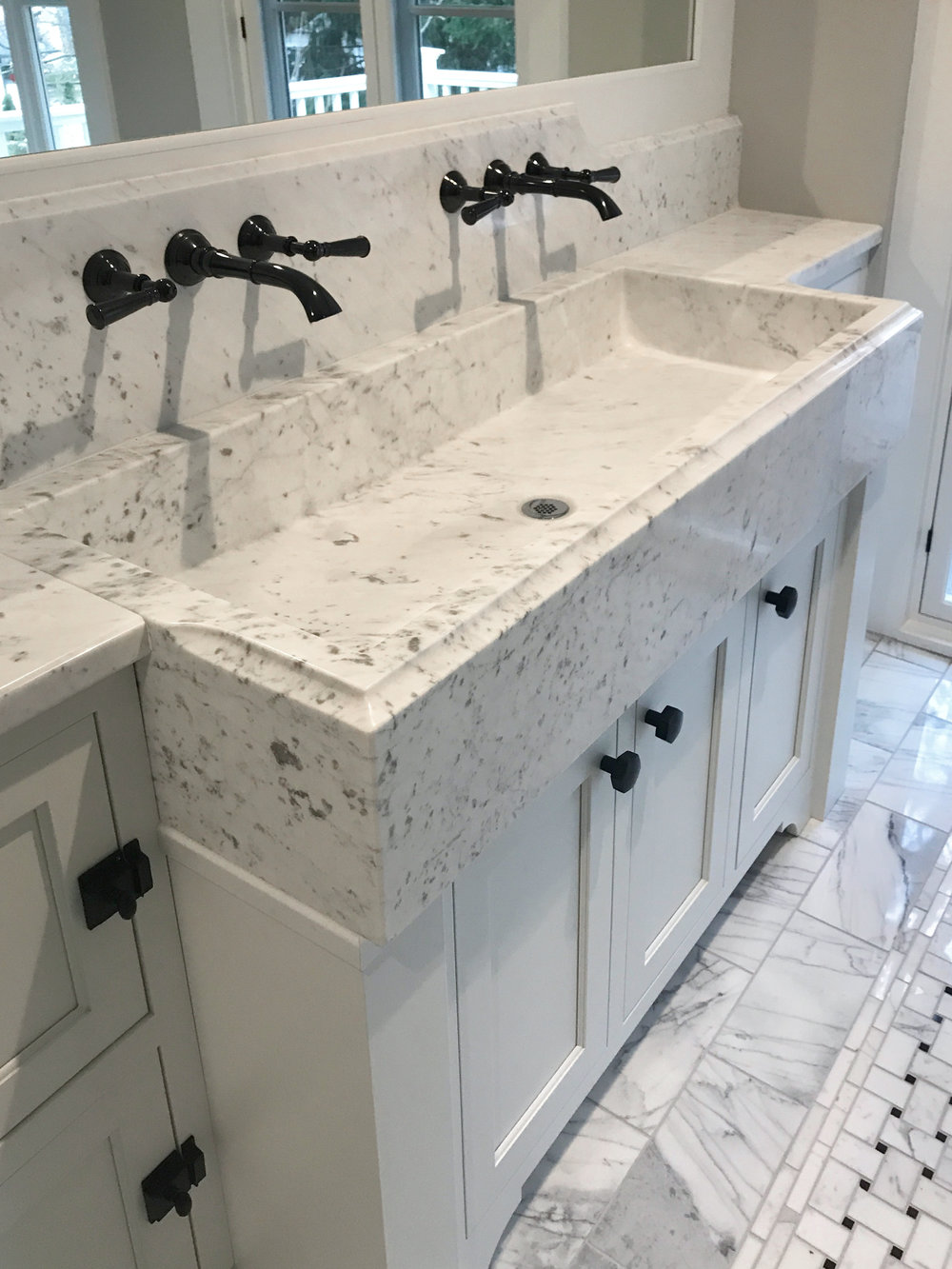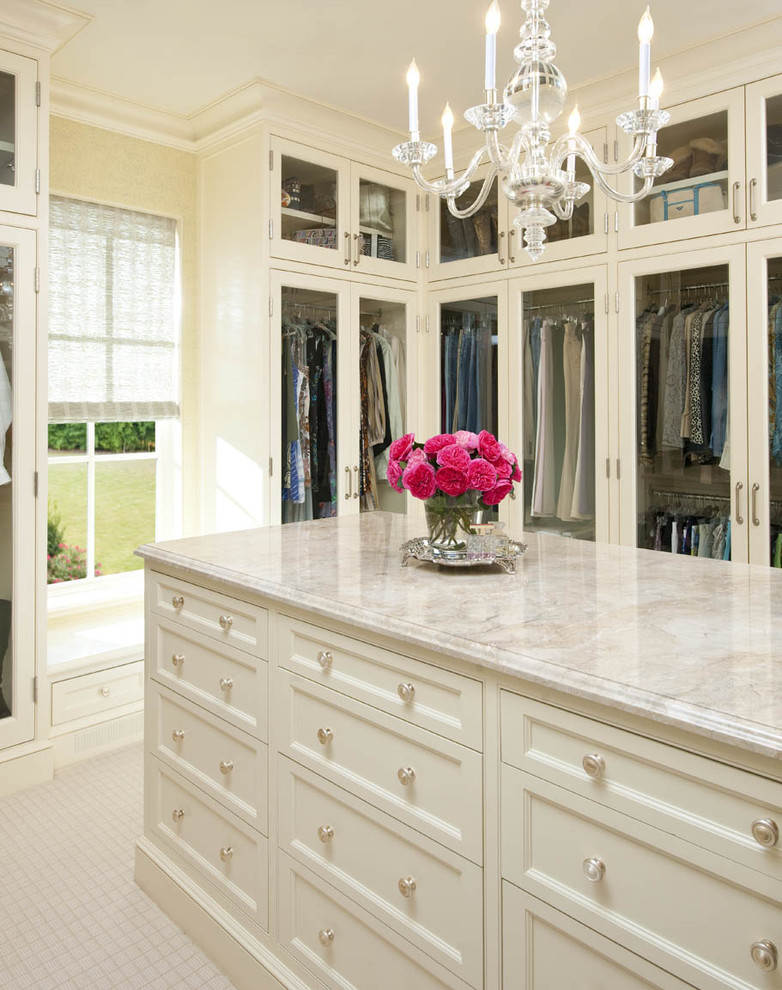DIY Plumbing Fixes That Can Cost You More in the Long Run

When a plumbing issue arises, it’s tempting to grab a wrench, look up a tutorial, and try to fix it yourself!

While some minor repairs can be handled without professional help, many DIY plumbing fixes often lead to more harm than good. What starts as an attempt to save money can quickly turn into a costly mistake that requires professional intervention.
In this article, we’ll explore the most common DIY plumbing mistakes, why they occur, and how they can end up costing you more in the long run.
1. Misdiagnosing the Problem
One of the biggest pitfalls of DIY plumbing is misidentifying the root cause of the issue. For example, if your sink is draining slowly, you might assume it’s a simple clog and try to clear it with a drain cleaner. However, the real problem could be a deeper issue, such as tree roots invading your sewer line or a pipe collapse.
Why Misdiagnosis is Expensive:
- You spend time and money on solutions that don’t work.
- Delayed professional repairs can lead to more extensive damage.
Pro Tip: Always consider calling a professional if the problem isn’t resolved after your initial attempt. Misdiagnosed issues often escalate and become more costly over time.
2. Using the Wrong Tools
Plumbing repairs require specialized tools that most homeowners don’t have in their toolbox. Using makeshift tools or improper techniques can damage pipes, fixtures, or fittings.
Common DIY Tool Mistakes:
- Using a regular wrench instead of a pipe wrench, which can strip or crack fittings.
- Employing chemical drain cleaners, which can corrode pipes over time.
- Attempting soldering without proper safety equipment.
Outcome: What starts as a simple fix can lead to pipe replacement or permanent damage to your plumbing system.
3. Over-Tightening Connections
When it comes to plumbing, tighter doesn’t always mean better. Over-tightening pipes, fittings, or connections can cause cracks, leaks, or even breakage, especially in older systems.
Why Over-Tightening is a Problem:
- It weakens the threads on pipes, leading to eventual leaks.
- Cracks caused by over-tightening often go unnoticed until significant water damage occurs.
Pro Tip: A professional plumber knows the precise level of torque required for secure, leak-free connections.
4. Ignoring Local Plumbing Codes
Most homeowners don’t consider local plumbing codes when attempting DIY repairs. However, failing to comply with these regulations can lead to fines, failed inspections, or costly redos during future renovations.
Common Code Violations:
- Installing the wrong pipe sizes for water flow or pressure.
- Incorrectly venting plumbing systems, which can lead to sewer gas leaks.
- Improper installation of backflow prevention devices.
Outcome: Non-compliant repairs can result in additional expenses and potential safety hazards.
5. Using Quick Fixes as Long-Term Solutions
DIY fixes often rely on temporary solutions, such as duct tape, epoxy, or clamp-on pipe repairs. While these methods can work in the short term, they aren’t designed to withstand the test of time.
Temporary Fix Risks:
- Quick fixes can fail unexpectedly, leading to leaks or flooding.
- The cost of emergency repairs far outweighs the savings from skipping professional help.
Pro Tip: Temporary fixes should only be used to mitigate damage until a professional can assess and repair the issue.
6. Improper Installation of Fixtures
Installing a new faucet, toilet, or showerhead may seem simple, but mistakes during installation can lead to inefficiencies or damage. Improper seals, incorrect connections, or poor alignment are common issues.
Why DIY Installations Go Wrong:
- Misaligned fixtures can cause leaks and uneven water flow.
- Failure to secure components properly can lead to damage over time.
Outcome: Professional installation ensures that fixtures are correctly aligned, watertight, and optimized for long-term use.
7. Failing to Turn Off the Water Supply
One of the most basic steps in plumbing is turning off the water supply before beginning any repair. Forgetting this crucial step can lead to unnecessary messes, water damage, and higher repair costs.
Consequences of Forgetting:
- Flooded bathrooms, kitchens, or basements.
- Damage to floors, walls, and furniture.
- Increased water bills due to wasted water.
Pro Tip: Before starting any plumbing repair, locate and shut off the main water valve or the fixture-specific valve.
8. Ignoring Hidden Leaks
A small leak might seem harmless, but it can cause significant damage if left unaddressed. DIYers often fix the visible problem without checking for hidden leaks in surrounding areas.
Hidden Leak Risks:
- Mold and mildew growth.
- Structural damage to walls, ceilings, and floors.
- Escalating water bills over time.
Outcome: Professional plumbers use advanced tools like moisture meters or cameras to detect and repair hidden leaks effectively.
9. Overestimating Your Skills
While many homeowners feel confident tackling basic plumbing repairs, some jobs are far more complex than they appear. Issues like repiping, water heater installation, or sewer line repair require technical expertise and experience.
Risks of Overconfidence:
- Accidental damage to pipes or fixtures.
- Increased repair costs to fix mistakes.
- Longer downtime for essential plumbing systems.
Pro Tip: Recognize your limits and know when it’s time to call a professional.
10. Skipping Regular Maintenance
Many plumbing emergencies occur because regular maintenance tasks, such as flushing the water heater or cleaning drains, are overlooked. While DIY maintenance can help, it often doesn’t go far enough to prevent long-term problems.
Why Maintenance Matters:
- It extends the lifespan of your plumbing system.
- It prevents minor issues from becoming emergencies.
- It ensures your system remains compliant with local regulations.
Pro Tip: Schedule professional inspections to catch potential problems early and keep your plumbing system in top condition.
The True Cost of DIY Plumbing Fixes
While it’s natural to want to save money by handling plumbing issues yourself, the risks often outweigh the benefits. A simple mistake can lead to expensive repairs, water damage, or even safety hazards. In many cases, calling a professional plumber from the start can save you both time and money.
Plumbing systems are complex, and while some tasks can be DIY-friendly, it’s important to know your limits. When in doubt, a licensed plumber can ensure your plumbing system remains safe, efficient, and compliant with local codes.Copy textCopy HTMLRefuseDone








